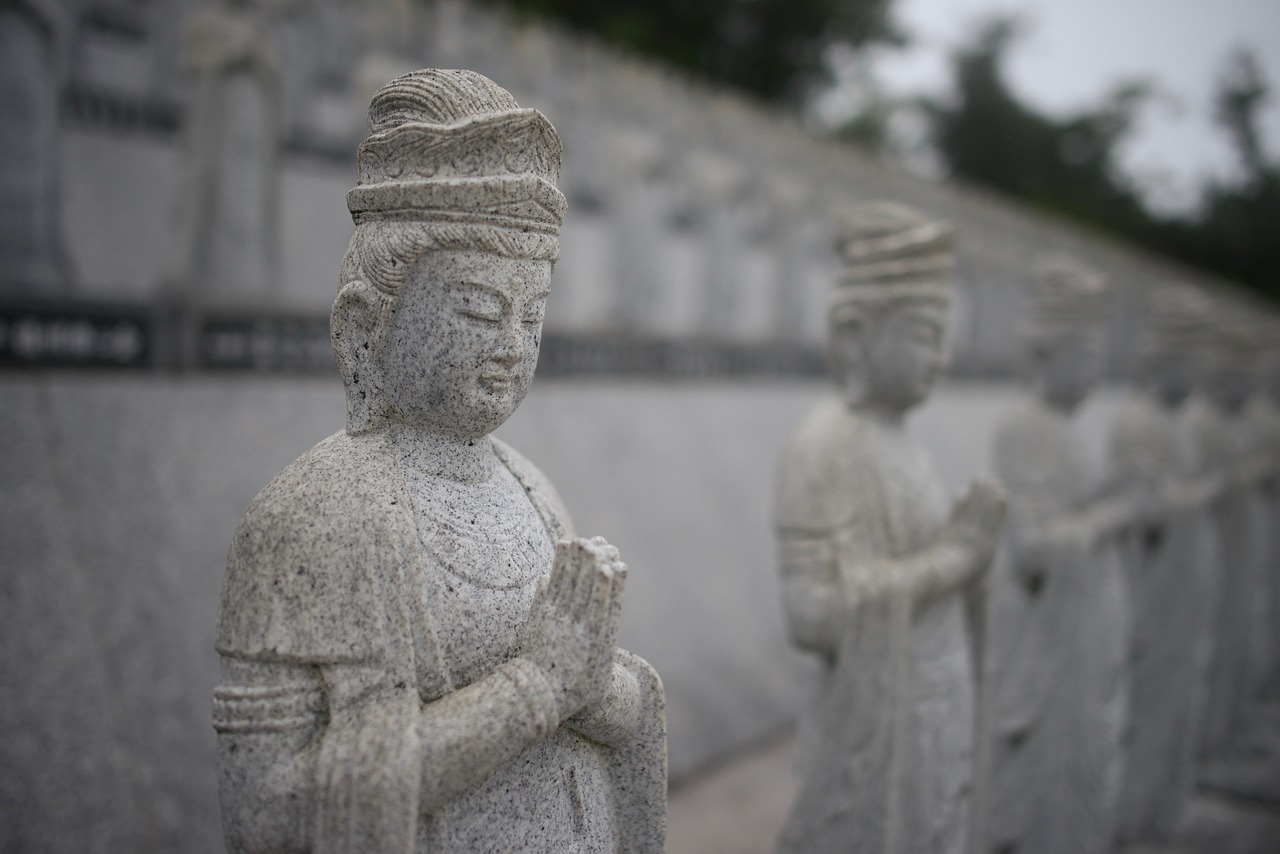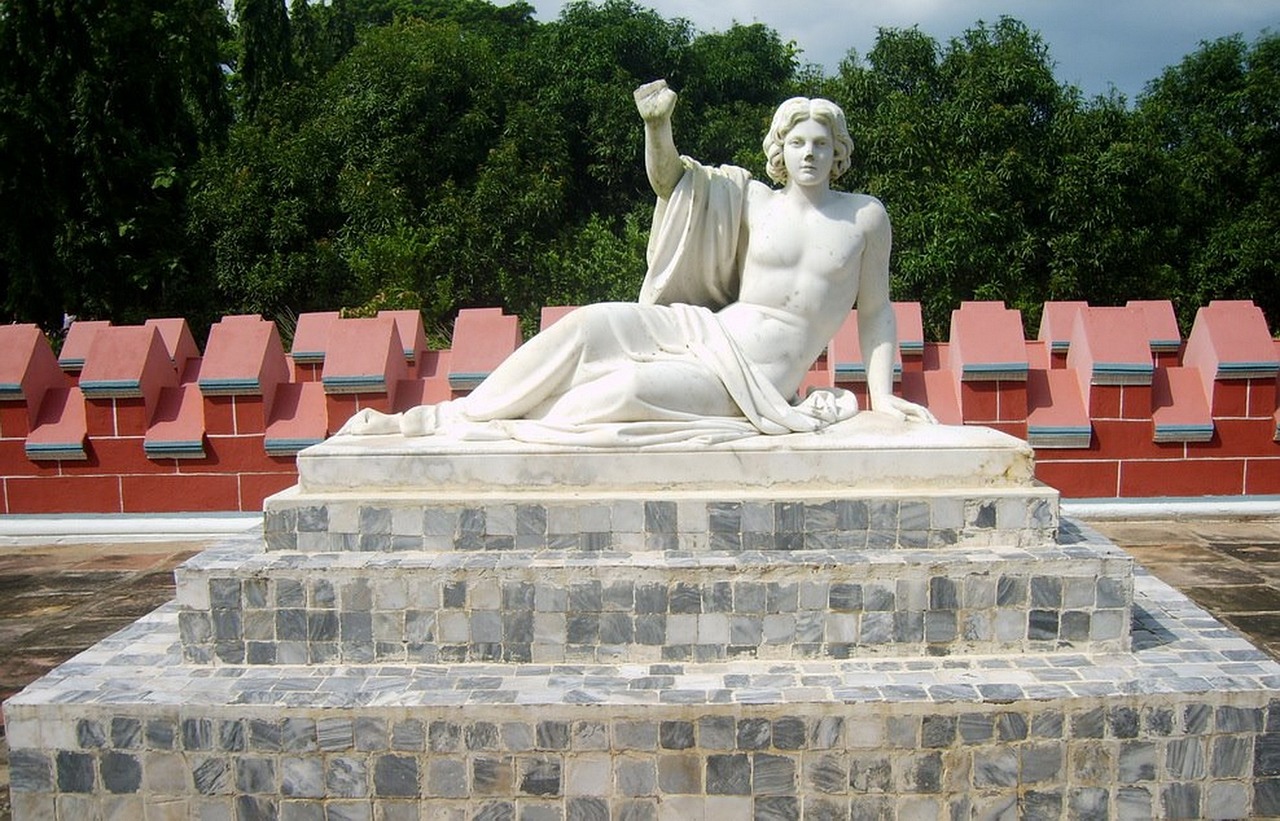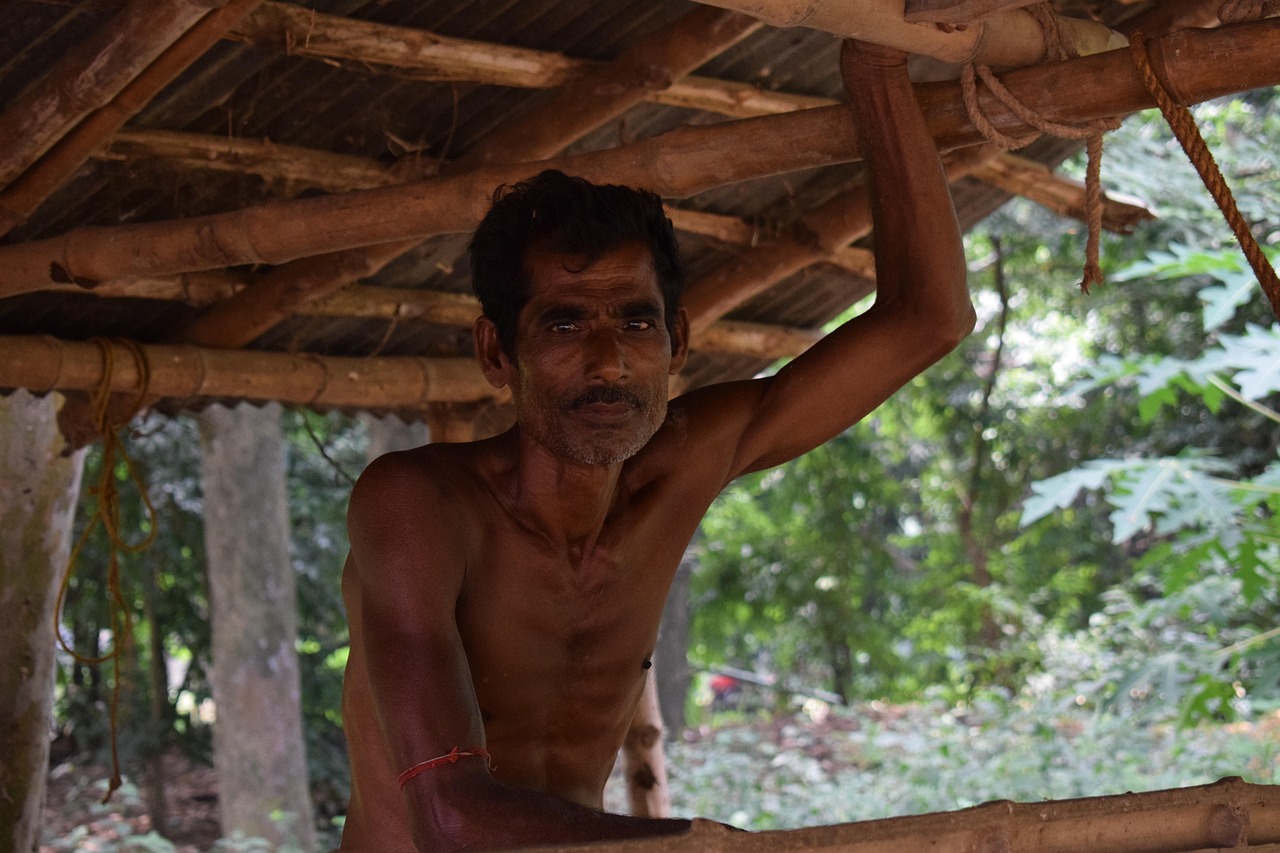This article delves into the vibrant and rich cultural tapestry of West Bengal, exploring its history, art, literature, and festivals. It highlights the reasons why this state is often regarded as the cultural capital of India.
Historical Significance of West Bengal
West Bengal’s history is deeply intertwined with its colonial past and the struggle for independence. This tumultuous journey has significantly shaped its cultural identity, influencing its art, literature, and social movements over the centuries. The legacy of leaders and revolutionaries from this region has left an indelible mark on the broader Indian narrative.
Literature: A Legacy of Great Writers
The literary contributions from West Bengal are immense, featuring celebrated authors like Rabindranath Tagore and Sarat Chandra Chattopadhyay. Their works have not only enriched Bengali literature but have also made significant impacts on Indian literature as a whole.
Rabindranath Tagore: A Beacon of Bengali Literature
As the first non-European Nobel laureate, Tagore revolutionized Bengali literature and music. His unique blend of poetry and philosophy resonates globally, inspiring generations of writers.
Tagore’s Influence on Modern Literature
His writings have paved the way for modern Bengali literature, encouraging exploration of themes such as nationalism, spirituality, and humanism.
Tagore’s Musical Contributions
Beyond literature, Tagore’s compositions, known as Rabindra Sangeet, are celebrated for their lyrical beauty and emotional depth, remaining an essential part of Bengali culture.
The Role of Contemporary Writers
Modern Bengali writers like Jhumpa Lahiri and Amitav Ghosh have also gained international acclaim, showcasing the evolving narrative of Bengali literature in a global context.
Art and Craft: A Vibrant Expression
West Bengal is renowned for its diverse art forms, from traditional crafts to contemporary art, reflecting the region’s rich cultural heritage and creative spirit. The intricate crafts, including terracotta, pottery, and weaving, each tell a story of the region’s artistic traditions.
Cultural Festivals: A Celebration of Diversity
Festivals such as Durga Puja highlight the cultural diversity and communal harmony of West Bengal, attracting visitors from around the world. Durga Puja is not just a religious festival; it encapsulates the spirit of West Bengal through elaborate decorations and community participation.
West Bengal’s Culinary Heritage
The state’s cuisine reflects its culture, offering a delightful array of flavors that are integral to its identity. Signature dishes like fish curry and mishti doi are not just meals; they celebrate Bengal’s rich culinary history.
Conclusion: The Heartbeat of Indian Culture
West Bengal’s rich cultural heritage, reflected in its literature, art, festivals, and cuisine, firmly establishes it as the cultural capital of India, continuing to inspire and influence generations.
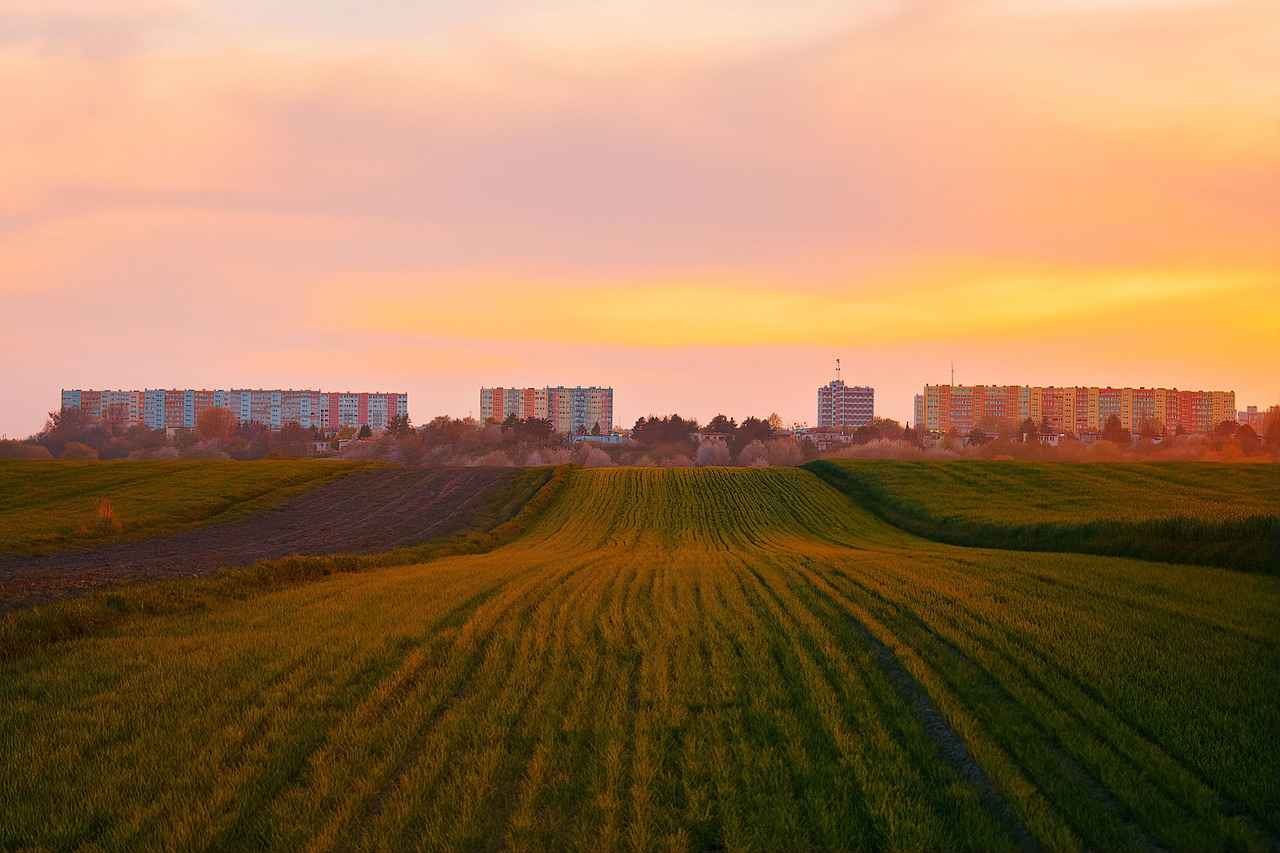
Historical Significance of West Bengal
West Bengal, a state in eastern India, is steeped in a rich and complex history that has significantly shaped its cultural identity. The region’s narrative is deeply intertwined with the impacts of colonialism and the fervent struggle for independence, which have both played pivotal roles in molding its social and cultural fabric.
During the era of British colonial rule, West Bengal emerged as a crucial center for political and cultural movements. The Bengal Renaissance of the 19th century marked a period of profound intellectual awakening, leading to significant advancements in art, literature, and social reform. This era produced remarkable figures such as Rabindranath Tagore, who not only contributed to literature but also played a vital role in the Indian independence movement.
The struggle for independence in the early 20th century further galvanized the people of West Bengal. The state became a hotbed for revolutionary activities, with numerous leaders emerging from its soil. The historic Non-Cooperation Movement and the Quit India Movement saw widespread participation from the Bengali populace, showcasing their resilience and commitment to freedom.
West Bengal’s colonial past and fight for independence have left an indelible mark on its cultural identity. The region’s art and literature reflect a rich tapestry of experiences, emotions, and aspirations that resonate with the collective memory of its people. Today, this historical significance is celebrated through various cultural festivals, literary events, and art exhibitions, ensuring that the legacy of the past continues to inspire future generations.
In conclusion, the historical significance of West Bengal is not merely a tale of colonialism and resistance; it is a testament to the enduring spirit of its people. This legacy continues to influence the state’s vibrant culture, making it a vital part of India’s rich historical narrative.
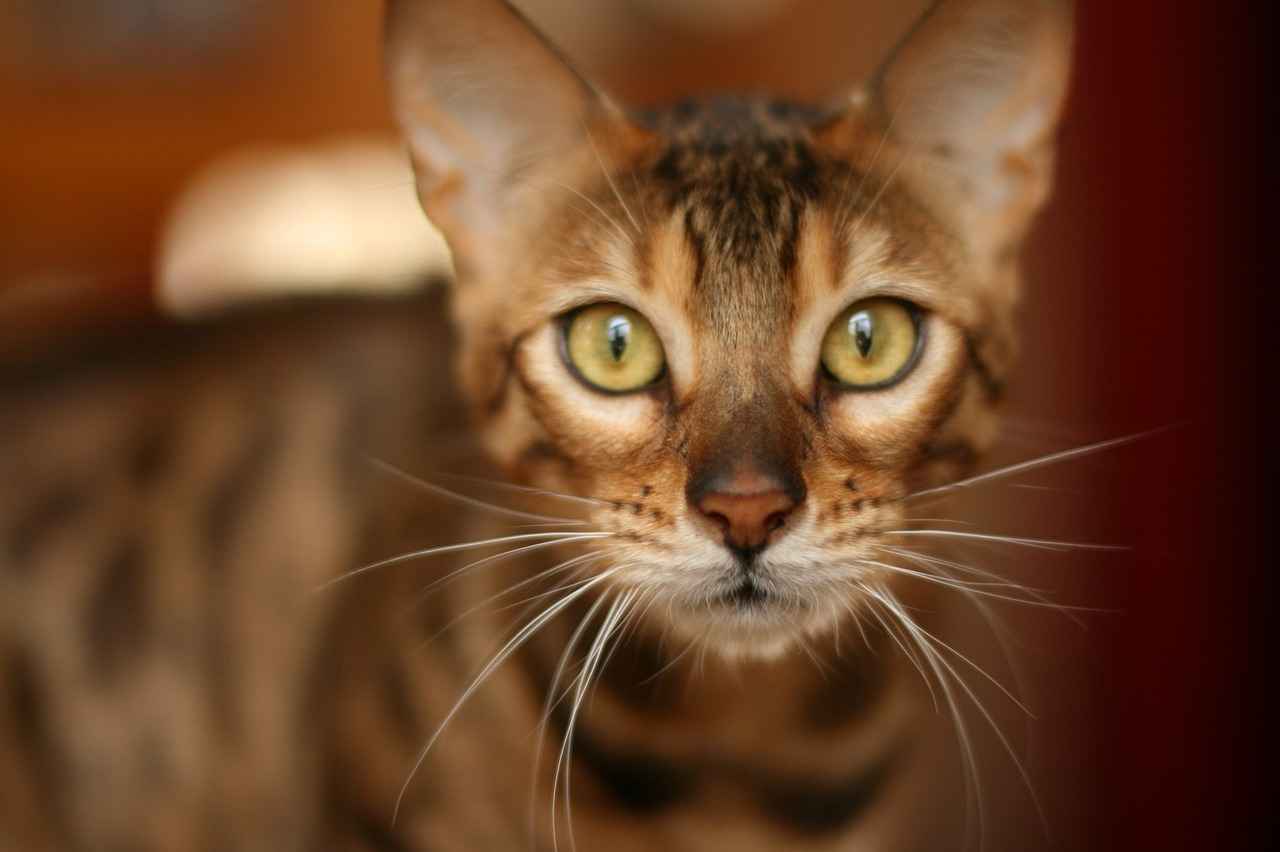
Literature: A Legacy of Great Writers
The literary landscape of West Bengal is a vibrant tapestry woven with the threads of creativity, culture, and history. This region has produced a plethora of celebrated authors whose works have not only enriched Bengali literature but have also made significant contributions to Indian literature as a whole.
Among the most iconic figures is Rabindranath Tagore, the first non-European Nobel laureate in Literature. Tagore’s profound impact on literature and music is unparalleled. His works, ranging from poetry to plays, reflect a unique blend of philosophy and emotion. Tagore’s literary genius lies in his ability to capture the essence of human experience, exploring themes of love, nature, and spirituality.
Another luminary is Sarat Chandra Chattopadhyay, whose poignant stories delve into the intricacies of human relationships and societal norms. His characters resonate deeply with readers, often portraying the struggles and aspirations of the common man. Chattopadhyay’s narratives not only entertain but also provoke thought, challenging societal conventions.
West Bengal is also home to contemporary writers like Jhumpa Lahiri and Amitav Ghosh, who have gained international acclaim. Their works reflect the evolving narrative of Bengali literature, bridging cultural gaps and addressing global themes. Lahiri’s exploration of identity and migration, and Ghosh’s historical narratives, showcase the diversity and richness of the literary tradition in West Bengal.
In conclusion, the literary contributions from West Bengal are immense and diverse, with authors who have left an indelible mark on the world of literature. Their works continue to inspire new generations, ensuring that the legacy of Bengali literature thrives.
Rabindranath Tagore: A Beacon of Bengali Literature
Rabindranath Tagore, a towering figure in Bengali literature, stands as a testament to the profound cultural legacy of West Bengal. As the first non-European to receive the Nobel Prize in Literature in 1913, he not only transformed Bengali literature but also made significant contributions to global literary discourse.
Born in 1861 in Kolkata, Tagore was a polymath whose work spanned poetry, music, art, and philosophy. His literary journey began at a young age, and by the time he was in his twenties, he had already penned several collections of poetry and short stories. His writing is characterized by a unique blend of lyricism and philosophical depth, often exploring themes of love, nature, and the human spirit.
One of Tagore’s most significant contributions is his establishment of the Rabindra Sangeet, a genre of music that combines his poetic lyrics with melodious compositions. These songs, rich in emotion and cultural significance, continue to resonate with audiences today, forming an integral part of Bengali culture.
Tagore’s influence extends beyond literature and music; he was also a social reformer and a visionary educator. He founded Visva-Bharati University in Santiniketan, which aimed to create a holistic educational environment that emphasized creativity and cultural exchange. This institution has become a hub for artistic and intellectual pursuits, attracting students from around the globe.
His literary works, including Gitanjali and Chokher Bali, have been translated into numerous languages, allowing his ideas to transcend cultural boundaries. Tagore’s exploration of nationalism and spirituality in his writings has inspired generations of writers and thinkers, making him a beacon of literary excellence.
In conclusion, Rabindranath Tagore’s legacy is not merely confined to the pages of his books; it lives on in the hearts of those who appreciate the beauty of language and the power of art. His contributions have firmly established him as a central figure in the cultural landscape of India and beyond.
Tagore’s Influence on Modern Literature
Rabindranath Tagore, a luminary in the realm of Bengali literature, has left an indelible mark that resonates through the corridors of modern literary thought. His profound insights into nationalism, spirituality, and humanism have inspired a generation of writers and poets to explore these themes in their own works. Tagore’s ability to weave complex emotions and philosophical reflections into his narratives has paved the way for a new wave of literature that transcends cultural boundaries.
Tagore’s literary genius is evident in his diverse body of work, which includes poetry, short stories, and plays. His most famous collection, Gitanjali, not only garnered him the Nobel Prize in Literature in 1913 but also set a standard for lyrical expression that many contemporary writers strive to achieve. His exploration of the human condition and the quest for identity resonates deeply in today’s literary landscape, encouraging writers to delve into their own cultural narratives.
Moreover, Tagore’s emphasis on individualism and the importance of personal experience has influenced modern Bengali writers like Jhumpa Lahiri and Amitav Ghosh, who have successfully integrated these themes into their works. They reflect the struggles and aspirations of individuals in a globalized world, drawing inspiration from Tagore’s legacy.
In addition to his literary contributions, Tagore’s impact extends to other art forms, including music and dance, which have been infused with his poetic essence. This cross-disciplinary influence has encouraged a holistic approach to creativity among modern artists, fostering a rich cultural dialogue that continues to evolve.
In conclusion, Tagore’s writings not only laid the foundation for modern Bengali literature but also inspired countless artists to explore and express the complexities of human experience. His legacy remains a guiding light for those who seek to understand and articulate the multifaceted nature of life.
Tagore’s Musical Contributions
extend far beyond the realm of literature, embodying the soul of Bengali culture through his timeless compositions, known as Rabindra Sangeet. These songs are celebrated not only for their melodious tunes but also for their profound emotional resonance and lyrical beauty. Tagore’s music serves as a bridge connecting generations, encapsulating themes of love, nature, spirituality, and social issues that remain relevant today.
Rabindra Sangeet is characterized by its unique blend of Indian classical music and folk traditions, making it accessible to a diverse audience. Tagore’s ability to weave intricate melodies with poetic lyrics reflects his deep understanding of human emotions, allowing listeners to connect on a personal level. Many of his songs are infused with a sense of longing and nostalgia, often drawing inspiration from the natural beauty of Bengal, which he passionately described in his writings.
Moreover, Tagore’s influence extends beyond traditional boundaries. His compositions have inspired numerous artists and musicians, leading to contemporary interpretations that keep his legacy alive. Rabindra Sangeet has found a place in various cultural events and celebrations, reinforcing its significance in Bengali society. From community gatherings to formal concerts, these songs are performed with great reverence, highlighting their enduring appeal.
In addition to his original compositions, Tagore’s music has been adapted into various forms, including dance and theater, showcasing its versatility. The Rabindra Nritya, a dance form inspired by his songs, further illustrates how Tagore’s artistic vision transcends mere music, creating a holistic cultural experience that captivates audiences.
In conclusion, Tagore’s musical contributions through Rabindra Sangeet are a vital part of Bengali culture, celebrated for their emotional depth and lyrical beauty. His ability to capture the essence of human experience in his music ensures that his legacy will continue to inspire future generations.
The Role of Contemporary Writers
Modern Bengali writers have significantly shaped the landscape of contemporary literature, reflecting the complexities of identity, culture, and global experiences. Authors like Jhumpa Lahiri and Amitav Ghosh have not only garnered international acclaim but have also played a pivotal role in introducing Bengali narratives to a wider audience. Their works often explore themes of displacement, belonging, and the intricate tapestry of human relationships, resonating with readers across the globe.
Jhumpa Lahiri, a Pulitzer Prize-winning author, is celebrated for her poignant storytelling and the exploration of the immigrant experience. Her debut collection, Interpreter of Maladies, captures the nuances of Bengali-American life, blending cultural heritage with the challenges of assimilation. Through her characters, Lahiri delves into the emotional struggles faced by individuals navigating two worlds, making her narratives relatable to many.
Amitav Ghosh, on the other hand, is known for his expansive historical narratives that often intertwine personal stories with broader social and political themes. His acclaimed works, such as Sea of Poppies and Gun Island, explore the impact of colonialism and migration, highlighting the interconnectedness of cultures. Ghosh’s writing not only enriches Bengali literature but also contributes to global discourses on identity and environmental issues.
The contributions of these contemporary writers exemplify the evolving narrative of Bengali literature, bridging traditional themes with modern sensibilities. Their success on international platforms underscores the importance of diverse voices in literature, fostering a greater understanding of the Bengali culture while enriching the global literary landscape.
In conclusion, the works of Jhumpa Lahiri and Amitav Ghosh not only celebrate Bengali heritage but also resonate with universal themes, making them vital figures in the ongoing evolution of literature. Their stories continue to inspire new generations of writers and readers alike.

Art and Craft: A Vibrant Expression
West Bengal is a treasure trove of artistic expression, showcasing a remarkable blend of traditional and contemporary art forms. The state’s rich cultural heritage is reflected in its diverse crafts, which have been passed down through generations, each telling a unique story of the region’s history and creativity.
Traditional Crafts of Bengal
- Terracotta Art: Known for its intricate designs, terracotta pottery is a hallmark of Bengal’s artistic tradition, often used in religious ceremonies and festivals.
- Weaving: The state is famous for its handwoven textiles, particularly Baluchari and Murshidabad silk, which are celebrated for their exquisite craftsmanship.
- Wood Carving: Artisans in West Bengal create stunning wooden sculptures and furniture, showcasing their skill and creativity.
- Sholapith Craft: This unique craft involves the use of a type of foam plant, crafted into intricate decorative items, especially during festivals.
Contemporary Art Scene
The contemporary art scene in West Bengal is thriving, with numerous galleries and exhibitions that promote local artists. Art festivals such as Kolkata Art Fair provide platforms for emerging talents, bridging the gap between traditional and modern art. Artists like Subodh Gupta and Anjolie Ela Menon have gained international acclaim, contributing to a vibrant dialogue within the art community.
Art as a Reflection of Society
Art in West Bengal is not just for aesthetic pleasure; it serves as a medium for social commentary. Many artists tackle pressing issues such as environmental concerns, gender equality, and cultural identity through their work, making art a powerful tool for change.
Conclusion
In summary, the art and craft of West Bengal encapsulate the region’s rich cultural heritage and creative spirit. From traditional crafts that honor the past to contemporary art that challenges the present, West Bengal remains a vibrant hub of artistic expression, drawing admiration from around the world.
Traditional Crafts of Bengal
are a vibrant reflection of the region’s rich cultural heritage, showcasing the skill and creativity of its artisans. These crafts, which include terracotta, pottery, and weaving, each narrate unique stories that embody the artistic traditions passed down through generations.
One of the most celebrated crafts is terracotta art, known for its intricate designs and vibrant colors. Artisans create beautiful sculptures and decorative items that often depict mythological themes and local folklore. This craft not only serves aesthetic purposes but also plays a significant role in local rituals and celebrations.
Pottery is another significant craft in Bengal, with a history that dates back thousands of years. The potters, often referred to as kumhars, use traditional techniques to create various items ranging from functional kitchenware to artistic pieces. The distinct red clay pottery, particularly from the regions of Bankura and Bishnupur, is known for its durability and unique appearance.
Weaving, particularly of traditional sarees, is a craft that holds a special place in Bengali culture. The Baluchari and Murshidabad sarees are renowned for their exquisite craftsmanship and intricate motifs, often depicting stories from epics and folklore. These sarees are not just garments but are a symbol of cultural identity and pride.
In addition to these crafts, Bengal is home to a thriving community of artisans who continuously innovate while preserving their traditional techniques. This blend of heritage and modernity ensures that the crafts of Bengal remain relevant and celebrated in today’s world.
Overall, the traditional crafts of Bengal are not merely products; they are a testament to the region’s artistic legacy, reflecting the creativity and dedication of its skilled artisans. By supporting these crafts, we help preserve an invaluable part of Bengal’s cultural identity.
Contemporary Art Scene
The contemporary art scene in West Bengal is not just vibrant; it is a dynamic fusion of tradition and modernity, showcasing the region’s rich artistic heritage while embracing contemporary expressions. With a plethora of galleries and art exhibitions, West Bengal has become a hub for local artists who are redefining the boundaries of creativity.
In recent years, numerous art institutions and independent galleries have emerged, providing platforms for artists to showcase their work. These spaces are not only dedicated to displaying art but also serve as interactive hubs where art enthusiasts can engage in discussions, workshops, and collaborative projects. This fosters a community spirit that is essential for the growth of the arts.
A key feature of the contemporary art scene in West Bengal is its ability to bridge the gap between traditional art forms and modern techniques. Artists are increasingly drawing inspiration from folk traditions, integrating them into contemporary practices. This dialogue between the past and the present is evident in various art forms, including painting, sculpture, and installations.
| Art Form | Description |
|---|---|
| Painting | Combines traditional Bengali motifs with modern techniques. |
| Sculpture | Utilizes local materials to create thought-provoking pieces. |
| Installations | Interactive works that engage the audience in unique ways. |
Moreover, art festivals and events such as the Kolkata Art Fair and Chitrakoot have gained international recognition, attracting artists and collectors from across the globe. These events not only highlight local talent but also facilitate cross-cultural exchanges, enriching the artistic landscape.
In conclusion, the contemporary art scene in West Bengal is a testament to the region’s creative spirit. It is a space where tradition meets innovation, and where artists are encouraged to explore new ideas while honoring their roots. This thriving environment not only nurtures local talent but also positions West Bengal as a significant player in the global art arena.

Cultural Festivals: A Celebration of Diversity
West Bengal is a vibrant tapestry of cultures, and its festivals serve as a testament to this rich diversity. These celebrations not only highlight the region’s traditions but also foster a sense of community and belonging among its people. Among the many festivals celebrated, Durga Puja stands out as the most significant, drawing visitors from across the globe to experience its grandeur and spiritual essence.
Durga Puja: The Essence of West Bengal
Durga Puja is more than just a religious event; it is a grand cultural phenomenon that encapsulates the spirit of West Bengal. This festival marks the victory of Goddess Durga over the buffalo demon Mahishasura, symbolizing the triumph of good over evil. The preparations for Durga Puja begin months in advance, with communities coming together to create stunning pandals (temporary structures) adorned with intricate decorations and artistic displays. The festival is characterized by:
- Elaborate Decorations: Each pandal is uniquely designed, often reflecting contemporary themes, social issues, or traditional motifs.
- Art Installations: Local artists showcase their creativity through sculptures, paintings, and installations that narrate stories and evoke emotions.
- Community Participation: The festival fosters unity, with families and friends gathering to celebrate, perform rituals, and enjoy cultural programs.
Other Celebrated Festivals in West Bengal
In addition to Durga Puja, West Bengal hosts a variety of other festivals that reflect its agricultural roots and cultural richness:
- Poila Baisakh: The Bengali New Year is celebrated with great enthusiasm, featuring traditional music, dance, and food, marking a fresh start for communities.
- Poush Mela: This fair celebrates the harvest season, showcasing local crafts, foods, and folk performances, bringing people together in joyous celebration.
These festivals not only preserve the region’s heritage but also promote communal harmony, making West Bengal a true melting pot of cultures. The spirit of celebration is palpable, and the warmth of the people makes every festival a memorable experience.
Conclusion
West Bengal’s festivals are a reflection of its rich cultural diversity and communal harmony. Each celebration, especially Durga Puja, offers a unique glimpse into the traditions and values of the Bengali people, making the state a vibrant hub of cultural expression.
Durga Puja: The Grand Festival
Durga Puja is a grand celebration that transcends mere religious observance; it is a vibrant cultural festival that embodies the essence of West Bengal. This annual event, dedicated to the worship of the goddess Durga, showcases the region’s rich heritage and community spirit through a multitude of artistic expressions and collective participation.
The festival typically spans over ten days, with the last five days being the most significant. Elaborate decorations transform streets and homes into a visual feast, featuring intricately crafted idols, colorful lights, and stunning art installations. These decorations not only reflect the artistic prowess of local artisans but also serve as a testament to the community’s devotion and enthusiasm.
- Art Installations: Each pandal, or temporary structure, is uniquely themed, often drawing inspiration from mythology, contemporary issues, or local traditions.
- Community Participation: The festival fosters a sense of belonging, as families and friends come together to celebrate, volunteer, and contribute to the festivities.
- Cultural Performances: Traditional music, dance, and theatrical performances enrich the festival atmosphere, showcasing the diverse cultural tapestry of Bengal.
Moreover, Durga Puja serves as a platform for social interaction, where people from different backgrounds unite to celebrate. It is not uncommon to see non-Bengalis joining in the festivities, highlighting the festival’s universal appeal.
As the festival culminates in the immersion of the idols in rivers or other water bodies, it symbolizes the cycle of creation and destruction, reminding participants of the transitory nature of life. This poignant moment encapsulates the spirit of Durga Puja, making it not only a celebration of divinity but also a reflection of the resilience and unity of the people.
In conclusion, Durga Puja is more than just a festival; it is a cultural phenomenon that encapsulates the heart and soul of West Bengal, drawing people together in a celebration of art, devotion, and community.
Other Notable Festivals
West Bengal is a vibrant tapestry of culture, and its festivals play a crucial role in showcasing the region’s rich heritage. Beyond the widely celebrated Durga Puja, several other festivals, such as Poila Baisakh and Poush Mela, reflect the agricultural roots and vibrant traditions of this culturally rich state.
Poila Baisakh: The Bengali New Year
Poila Baisakh marks the beginning of the Bengali New Year and is celebrated with great enthusiasm. This festival symbolizes new beginnings and is a time for families to come together, enjoy traditional foods, and engage in various cultural activities. Streets are adorned with colorful decorations, and people wear new clothes to mark the occasion. Special dishes like panta bhat (fermented rice) and ilish maach (hilsa fish) are prepared, symbolizing the abundance of the harvest.
Poush Mela: A Celebration of Harvest
Poush Mela, held in the month of Poush, celebrates the harvest season and showcases the rich agricultural traditions of Bengal. This fair is a melting pot of culture, featuring traditional music, dance performances, and local crafts. Artisans display their handmade items, from terracotta pottery to intricate weavings, allowing visitors to appreciate the skill and creativity of local craftsmen. The festival fosters a sense of community as people gather to celebrate their shared heritage.
Community and Belonging
Both Poila Baisakh and Poush Mela serve to strengthen community bonds, as families and friends come together to celebrate their cultural identity. These festivals not only highlight the region’s agricultural roots but also promote a sense of belonging among the people of West Bengal. The vibrant traditions and joyous celebrations create an atmosphere of unity, making these festivals an integral part of the cultural landscape.
In conclusion, the festivals of West Bengal, including Poila Baisakh and Poush Mela, are a testament to the region’s rich cultural heritage. They encapsulate the essence of community, tradition, and the celebration of life, further solidifying West Bengal’s status as the cultural capital of India.

West Bengal’s Culinary Heritage
is a vibrant tapestry woven from the region’s rich cultural history, geography, and traditions. The state’s cuisine is not merely about sustenance; it is a celebration of its identity, reflecting the diverse influences that have shaped Bengali culture over centuries. With a delightful array of flavors, dishes, and culinary practices, Bengal stands out as a gastronomic paradise.
Signature Dishes of Bengal
- Fish Curry: Known locally as “Maachher Jhol,” this dish is a staple in Bengali households, often prepared with fresh catch from the rivers. The blend of spices and mustard oil creates a unique flavor profile that is both aromatic and comforting.
- Mishti Doi: This traditional sweetened yogurt is a must-try dessert that embodies the essence of Bengali sweetness. Made from milk, sugar, and a hint of cardamom, it’s a perfect end to any meal.
- Puchka: Also known as “Pani Puri” in other regions, this street food is a burst of flavors, featuring crispy puris filled with spiced water, tamarind, and chickpeas, making it a beloved snack among locals.
Festive Foods and Their Significance
During festivals, the culinary landscape of West Bengal transforms, showcasing special dishes that symbolize joy, togetherness, and cultural heritage. For instance, during Durga Puja, traditional offerings include Khichuri (a rice and lentil dish) and an assortment of sweets, reflecting the communal spirit of the celebration.
Other festivals like Poush Mela feature seasonal delicacies such as Patishapta (crepes filled with coconut and jaggery), highlighting the agricultural roots of the region.
In conclusion, West Bengal’s culinary heritage is a vital part of its cultural identity, rich with flavors and traditions that continue to thrive. The importance of food in Bengali culture is evident not only in daily meals but also in the vibrant celebrations that bring communities together, making it a cornerstone of the state’s social fabric.
Signature Dishes of Bengal
The culinary landscape of West Bengal is a vibrant tapestry woven with rich flavors, aromas, and traditions. Each dish tells a story, reflecting the region’s cultural heritage and the influence of its geography on food. Bengal’s cuisine is not merely about sustenance; it is a celebration of life, marked by the use of fresh, local ingredients and unique cooking methods that have been passed down through generations.
- Fish Curry: A staple in Bengali households, fish curry is often made with hilsa or rohu, cooked in a mustard or poppy seed sauce. This dish highlights the region’s proximity to the Bay of Bengal, where fresh fish is abundant.
- Mishti Doi: This sweetened yogurt, often flavored with cardamom, represents the perfect balance of sweetness and tanginess. It is a traditional dessert that is served during festivals and special occasions, symbolizing joy and celebration.
- Puchka: Known as pani puri in other parts of India, puchka is a popular street food that consists of hollow, crispy puris filled with a spicy mixture of tamarind water, chickpeas, and potatoes. This dish is a testament to Bengal’s love for vibrant flavors and communal eating.
These dishes exemplify the essence of Bengali cuisine, where every meal is an opportunity to gather with family and friends. The culinary practices in Bengal are deeply intertwined with its festivals, where special dishes are prepared to honor traditions and foster a sense of community. The emphasis on fresh ingredients and regional spices makes Bengali food not only delicious but also a reflection of the land’s bounty.
In conclusion, the signature dishes of Bengal are a profound expression of the region’s identity. They encapsulate the spirit of its people and the richness of its culinary heritage, making every meal a celebration of culture and history.
Festive Foods and Their Significance
In the vibrant tapestry of Bengali culture, food plays a pivotal role, especially during festivals. Each festival is an occasion to celebrate not only with rituals and traditions but also through a rich array of culinary delights that symbolize joy, unity, and cultural heritage. These special dishes are more than just food; they are an expression of love, tradition, and community spirit.
Symbolism of Food in Festivals
- Joy and Celebration: Every festival is marked by the preparation of unique dishes that evoke a sense of happiness. For instance, during Durga Puja, the preparation of bhog (offerings) includes a variety of vegetarian dishes that are shared among family and friends, embodying the spirit of togetherness.
- Tradition and Heritage: Many festive dishes have been passed down through generations, reflecting the rich culinary heritage of Bengal. Foods like puli bhora and mishti doi are not just recipes; they are a testament to the region’s history and cultural practices.
- Seasonal Ingredients: Festivals often coincide with specific agricultural cycles, leading to the use of seasonal ingredients. For example, during Poush Mela, dishes made from freshly harvested rice and date palm jaggery are prepared, celebrating the bounty of the land.
Community and Togetherness
Food during festivals fosters a sense of community. Families and neighbors come together to prepare and share meals, reinforcing bonds and creating lasting memories. The act of cooking and sharing food is a vital part of the celebration, making every dish a symbol of love and connection.
Conclusion
In essence, the significance of festive foods in Bengali culture transcends mere sustenance. These dishes encapsulate the spirit of celebration, community, and tradition, making them an integral part of the cultural identity of Bengal. As families gather around the table during festivals, they do more than enjoy a meal; they partake in a rich legacy that honors their past while celebrating the present.
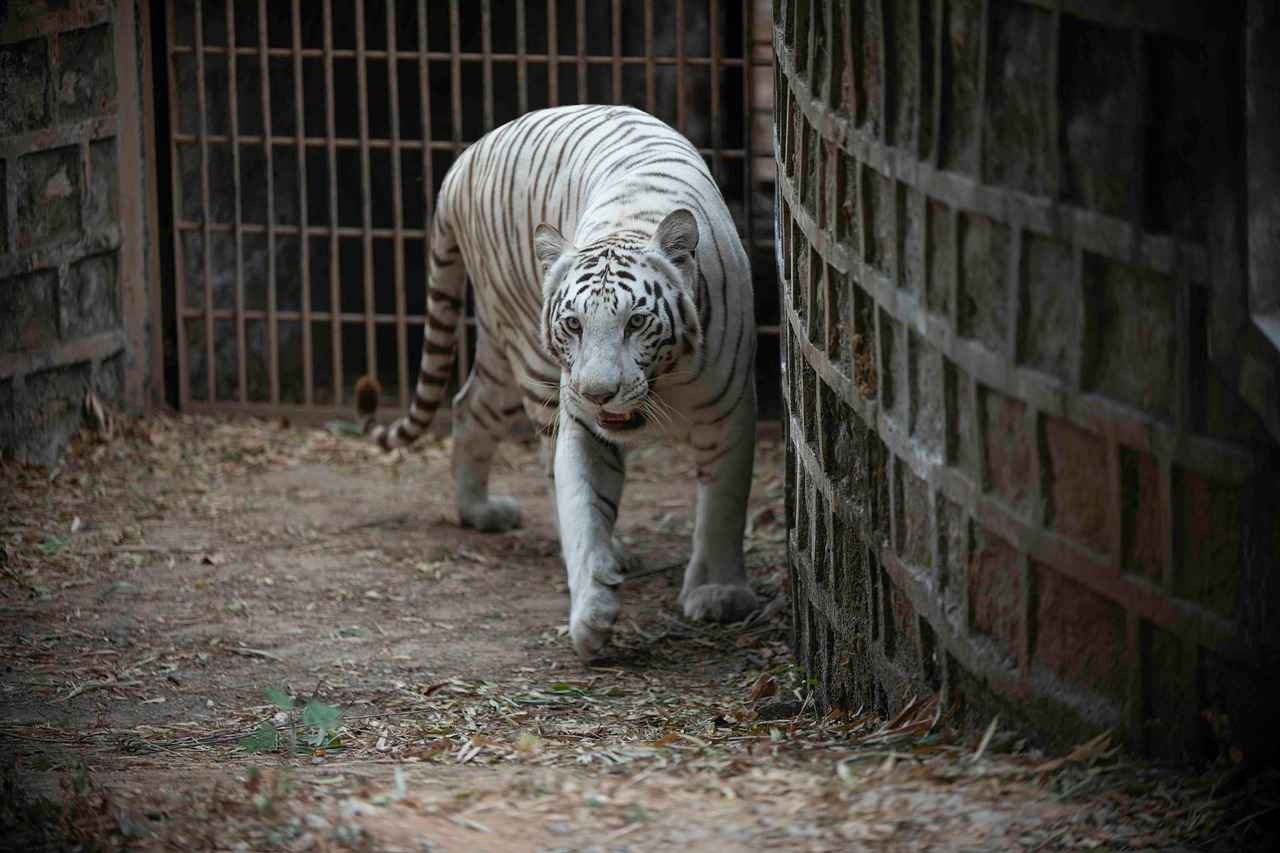
Music and Dance: Rhythms of Bengal
The musical heritage of West Bengal is a vibrant tapestry that weaves together a variety of genres, reflecting the region’s rich cultural landscape. This diversity encompasses traditional folk music, classical forms, and contemporary styles, each contributing to the unique identity of Bengal.
Folk Music Traditions
Bengali folk music is deeply rooted in the lives of its people, often performed during festivals and communal gatherings. Genres like Baul, with its mystic lyrics and soulful melodies, and Jatra, a form of folk theater, are integral to the cultural fabric. These musical forms not only entertain but also convey stories of love, spirituality, and social issues, making them a vital part of Bengali identity.
Classical Music and Dance Forms
The classical music scene in West Bengal is equally rich, with forms like Rabindra Sangeet, composed by the legendary Rabindranath Tagore, and Khyal and Dhrupad. These styles emphasize intricate compositions and improvisation, showcasing the technical prowess of the musicians. Dance forms such as Rabindra Nritya and Kathak complement the music, combining storytelling with graceful movements that captivate audiences.
Contemporary Music Scene
In recent years, West Bengal has seen a surge in contemporary music genres, including rock, pop, and fusion. Local bands and artists are experimenting with traditional sounds, blending them with modern influences to create a fresh musical experience. This evolution reflects the dynamic nature of Bengali culture, where tradition meets innovation.
Conclusion
The musical landscape of West Bengal is a testament to its cultural richness. From the soulful strains of folk music to the intricate rhythms of classical forms and the energetic beats of contemporary genres, the music of Bengal resonates with deep emotional and cultural significance, making it an essential part of the region’s identity.
Folk Music Traditions
Bengali folk music is a vibrant tapestry of sounds and rhythms that encapsulates the essence of Bengali culture. It serves as a vital medium for cultural expression, often performed during festivals and community gatherings, creating a sense of unity and celebration among people.
This rich musical tradition is characterized by its unique melodies and rhythms, which vary across different regions of Bengal. Each folk song tells a story, often reflecting the daily lives, struggles, and joys of the people. The use of traditional instruments such as the dotara, madol, and khol enhances the emotional depth of the performances, making them not just auditory experiences but also visual spectacles.
Festivals like Durga Puja and Poush Mela are particularly significant for the performance of folk music. During these events, communities come together to celebrate their heritage, with folk songs playing a central role in the festivities. The songs often invoke themes of devotion, nature, and community, fostering a deep connection among participants.
Moreover, the intertwining of folk music with daily life in Bengal demonstrates its importance beyond mere entertainment. It serves as a means of passing down traditions, values, and stories from one generation to the next, ensuring that the rich cultural legacy of Bengal remains alive.
In conclusion, Bengali folk music is more than just a genre; it is a vital expression of the cultural identity of Bengal. Its rhythms and melodies resonate deeply within the hearts of the people, making it an indispensable part of their communal and cultural life.
Classical Music and Dance Forms
West Bengal is a treasure trove of , reflecting its rich cultural heritage and artistic traditions. Among the most celebrated are Rabindra Nritya and Kathakali, each showcasing a unique blend of storytelling, intricate movements, and musical compositions that captivate audiences.
Rabindra Nritya, inspired by the works of the renowned poet and Nobel laureate Rabindranath Tagore, is a dance form that integrates poetry, music, and dance, creating a harmonious narrative experience. This dance form emphasizes expressive gestures (mudras) and graceful movements, allowing dancers to convey deep emotions and stories from Tagore’s literary works. The music accompanying Rabindra Nritya often features traditional instruments such as the esraj and tabla, enhancing the overall aesthetic appeal.
On the other hand, Kathakali is a classical dance-drama known for its elaborate costumes, vibrant makeup, and intricate facial expressions. Originating from Kerala, it has found a significant following in West Bengal, where it is performed during cultural festivals and events. Kathakali tells stories from Hindu epics, particularly the Mahabharata and Ramayana, through a combination of dance, music, and dialogue, captivating audiences with its theatricality and depth.
Both forms of art not only serve as entertainment but also as a means of preserving and promoting the rich cultural narratives of the region. They provide a platform for artists to showcase their skills while engaging with the audience on an emotional level.
In conclusion, the classical music and dance forms of West Bengal, such as Rabindra Nritya and Kathakali, are vital components of its cultural identity. They embody the artistic depth of the region, blending storytelling with intricate movements and musical compositions, ensuring that the rich traditions of West Bengal continue to thrive and inspire future generations.
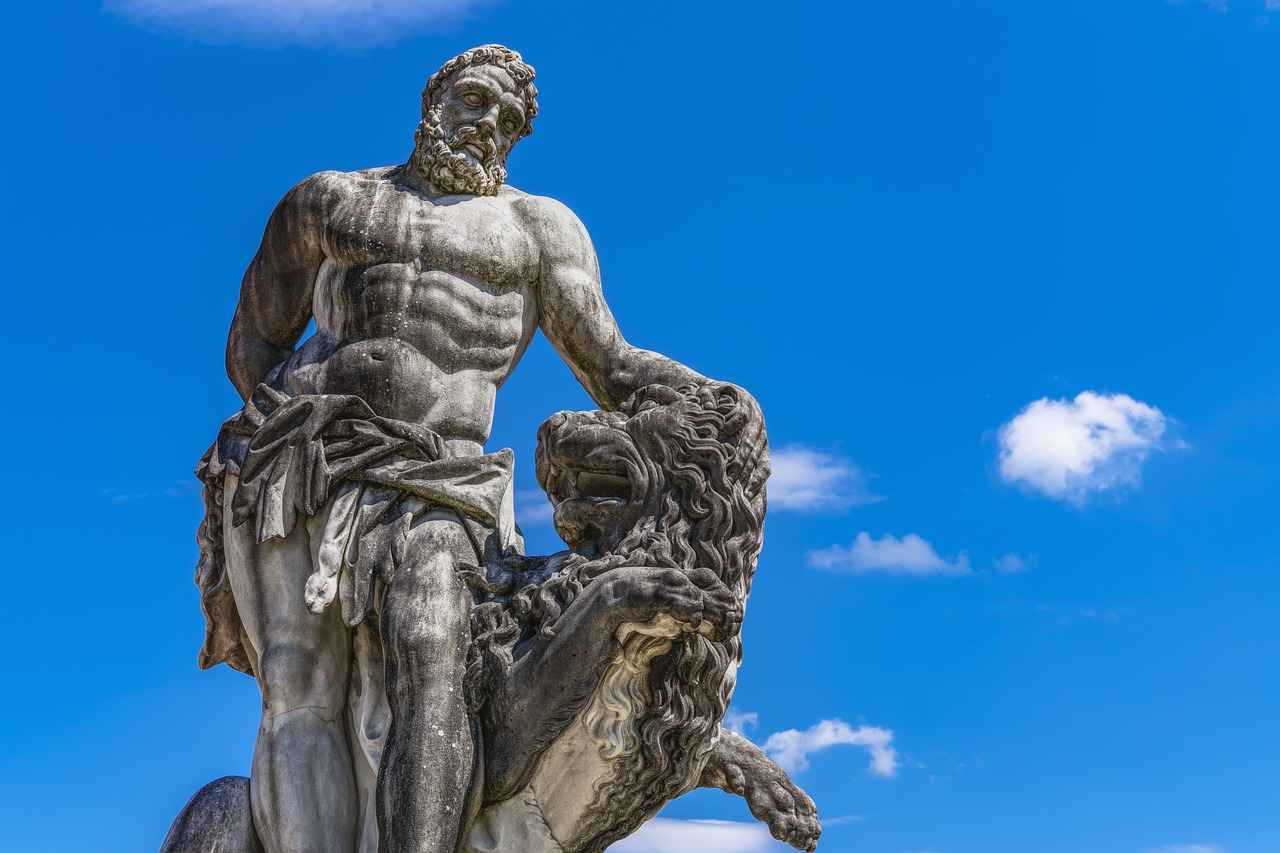
Conclusion: The Heartbeat of Indian Culture
West Bengal stands as a vibrant testament to India’s rich cultural heritage. This region, with its diverse traditions and artistic expressions, has earned its title as the cultural capital of India. The essence of West Bengal is captured through its literature, art, festivals, and cuisine, each contributing to a unique cultural tapestry that continues to inspire and influence generations.
One cannot discuss West Bengal without acknowledging its profound literary legacy. The state has produced literary giants like Rabindranath Tagore, whose works transcend time and borders. His poetry and prose not only reflect the Bengali ethos but also resonate with universal themes of love, humanity, and nature. This literary richness is complemented by the contributions of contemporary authors, who continue to explore and narrate the evolving stories of Bengal.
The art scene in West Bengal is equally captivating. From traditional crafts such as kantha embroidery to modern art forms showcased in bustling galleries, the state is a melting pot of creativity. The craftsmanship of local artisans is evident in every piece, telling stories of their heritage and cultural significance.
Festivals like Durga Puja are not merely events; they are grand celebrations of community and culture. This festival, characterized by its elaborate decorations and artistic displays, serves as a focal point for cultural expression and unity among the people of West Bengal.
Moreover, the culinary landscape of West Bengal is a feast for the senses. With dishes that reflect the region’s agricultural bounty, Bengali cuisine is rich in flavors and traditions. Signature dishes such as machher jhol (fish curry) and mishti doi (sweetened yogurt) highlight the importance of food in cultural celebrations and daily life.
In conclusion, West Bengal’s cultural heritage is a vibrant mosaic that encapsulates the spirit of India. Its literature, art, festivals, and cuisine not only define the state’s identity but also contribute significantly to the broader narrative of Indian culture, making it a beacon of inspiration for generations to come.
